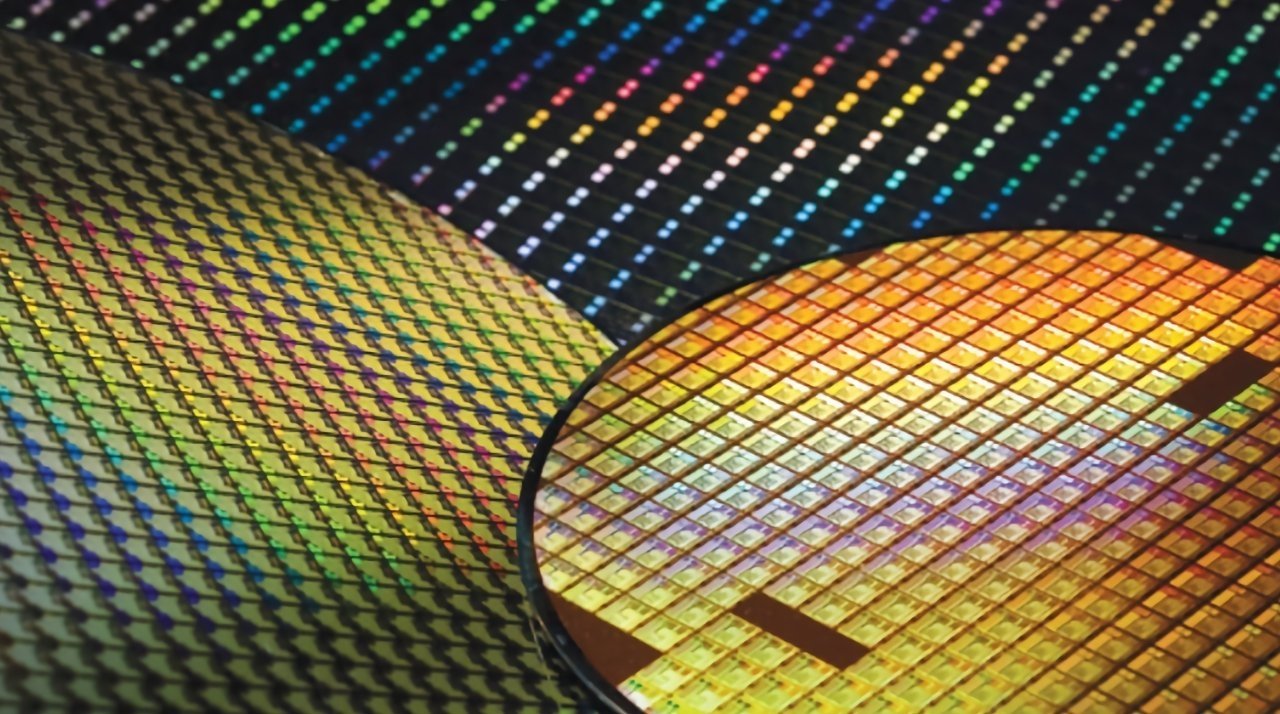Japan’s Rapidus is racing against the clock to bring its 2nm semiconductor process to full-scale production within the next two years – a deadline that could determine whether Japan retains any edge over global rivals like Taiwan’s TSMC and South Korea’s Samsung. While TSMC and Samsung battle for the honor of launching 2nm first, Rapidus has quietly positioned Japan back into the conversation for cutting-edge chip manufacturing.
Last month, the company began trial production of its 2nm process, following the installation of advanced EUV machines in December. 
Just seven months later, on July 18, it unveiled its first prototype, signaling that it’s ready to scale. Backed heavily by the Japanese government, which has pledged a massive 1.7 trillion yen (around $12 billion), Rapidus is set to receive another 100 billion yen ($677.6 million) this year to push toward mass production.
However, the road ahead is far from certain. As seen with Samsung’s 3nm GAA struggles, unexpected technical hurdles can derail even the most promising timelines. Professor Hideki Wakabayashi of Kumamoto University warns that if Rapidus fails, Japan risks losing its semiconductor foothold entirely. In such a scenario, domestic chip and materials companies might relocate overseas – granting host nations access to top engineering talent and sensitive manufacturing know-how.
Why would Rapidus consider leaving Japan? Competitive labor costs, easier recruitment of niche talent, and generous policy incentives from foreign governments could tempt the company to shift operations abroad. Still, given the scale of government support and national pride tied to the project, few expect Rapidus to abandon its home turf.
For now, Rapidus stands at a critical inflection point – a potential new member of the semiconductor elite if it can deliver on its bold 2nm promise before the clock runs out.